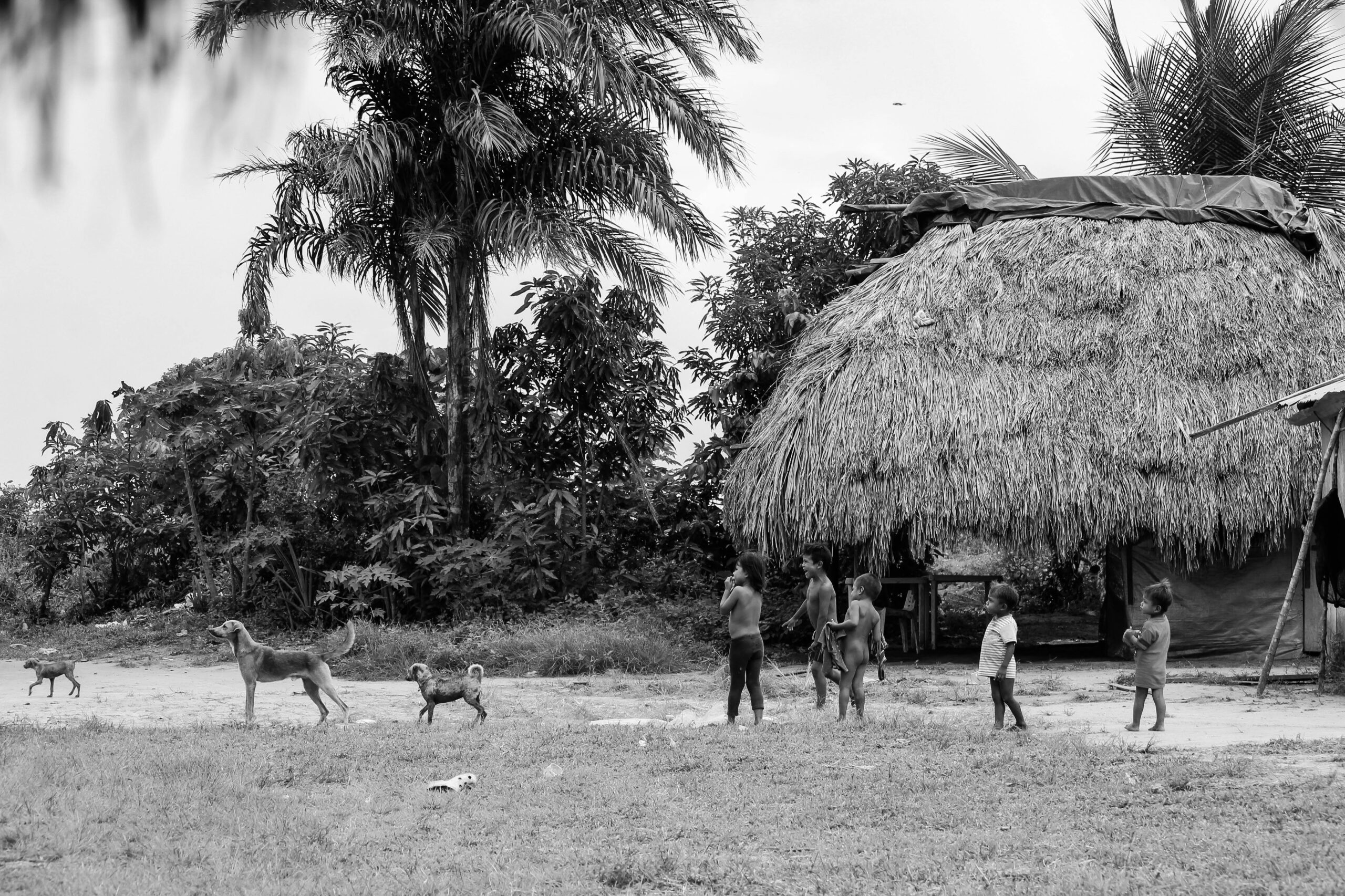The Amazon is not just a biome filled with amazing trees and animals; it is also home to diverse indigenous cultures that have lived in harmony with the forest for thousands of years. These peoples, with their traditions and knowledge, are the guardians of this vast forest and play a fundamental role in preserving the ecosystem we all depend on.
The Cultural Diversity of Indigenous Peoples
The Amazon is home to hundreds of indigenous ethnicities, each with its own languages, rituals, and ways of life. Among the best-known are the Yanomami, who inhabit regions between Brazil and Venezuela and live a semi-nomadic lifestyle, with a society centered on hunting and agriculture; the Kayapó, famous for their resistance to land invasion and their traditional body paintings and ornaments; and the Tikuna, who occupy the Upper Solimões region in the Brazilian Amazon and have a culture rich in myths and religious ceremonies.
Other groups, such as the Guarani, Munduruku, and Tucano, also have unique histories and cultural practices based on respect for nature and communal living.
Traditional Knowledge: Guardians of the Forest
The indigenous peoples of the Amazon have an ancestral knowledge of the region’s flora and fauna that often goes unappreciated in modern society. They know how to identify plants with medicinal properties, cultivate food sustainably, and use natural resources without disturbing the ecosystem’s balance. For centuries, this wisdom has been passed down from generation to generation, through both oral and practical traditions, helping to keep the forest intact.
This knowledge also includes sustainable management practices, such as maintaining hunting and fishing areas to prevent resource depletion. Instead of viewing the land as something to be exploited, indigenous communities see it as something to be cared for and respected—a concept that is gaining great relevance in the modern sustainability debate.

Their Fundamental Role in Amazon Conservation
Studies show that indigenous lands in the Amazon are among the best protected against deforestation. Unlike areas where agriculture and livestock are expanding, indigenous territories keep the forest standing, thanks to the respect these communities have for the environment and their careful resource management.
Additionally, indigenous peoples play a crucial role in biodiversity preservation, as many plant and animal species are protected within their territories. Protecting these lands means preserving a vast range of life, essential not only for the Amazon but for the planet’s environmental balance.
Challenges and Resilience
Unfortunately, these communities face constant threats. Deforestation, illegal resource exploitation, and pressures from large corporations jeopardize their lands and ways of life. Furthermore, many communities are vulnerable to diseases, such as COVID-19, which have had a devastating impact on indigenous populations.
Despite these challenges, indigenous peoples continue to resist and fight for the preservation of their lands and traditions. Indigenous movements are gaining strength, and their voices are being heard on international platforms, highlighting the importance of respecting their territorial and cultural rights. Today, their fight is also a fight for the planet’s survival.

What We Can Learn from Indigenous Peoples
The indigenous peoples of the Amazon offer us a valuable lesson: living in harmony with nature. Their wisdom teaches us that we cannot simply exploit natural resources without considering the consequences; instead, we must work collaboratively with the Earth to secure a sustainable future.
Now more than ever, we need to listen to and learn from these communities. They are living examples of sustainability, showing that it is possible to live respectfully and in balance with the environment. By protecting indigenous peoples, we are, in truth, protecting the Amazon itself and the future of our planet.
The Amazon belongs to all of us, but it also belongs to them. Respecting and protecting indigenous peoples means ensuring that the forest continues to live, along with all the biodiversity that depends on it.

